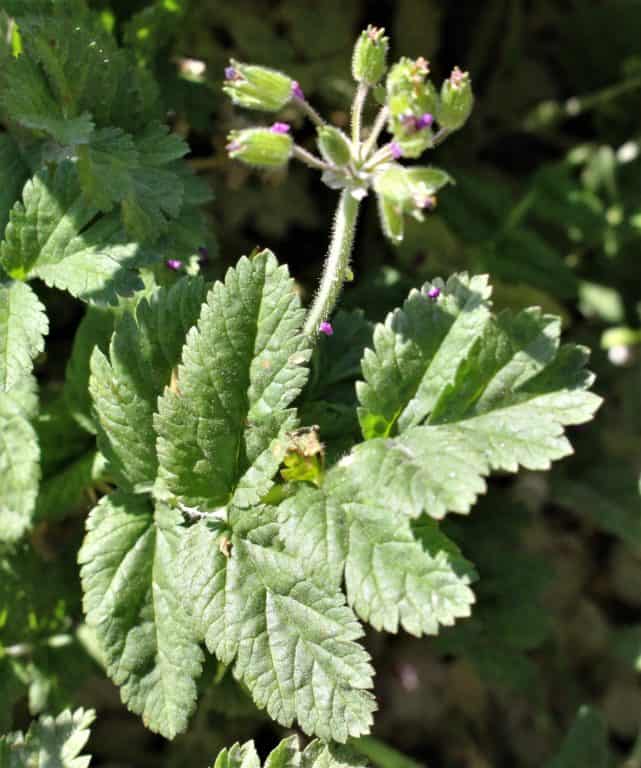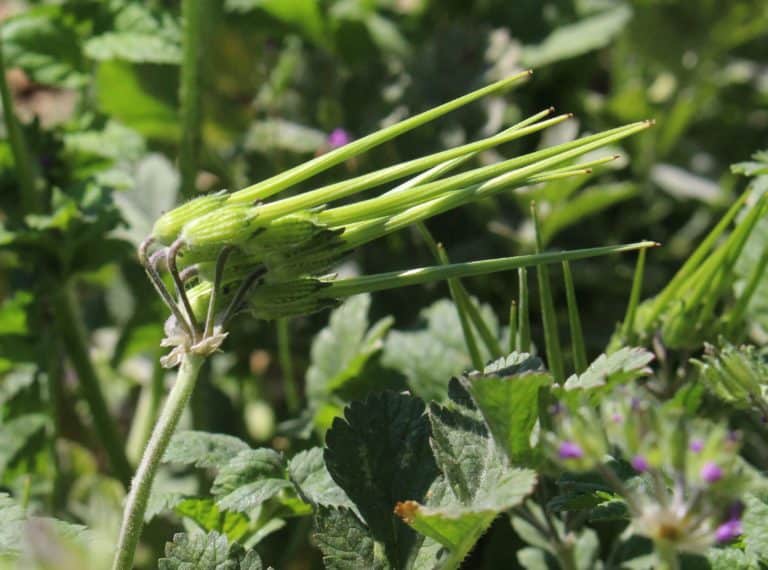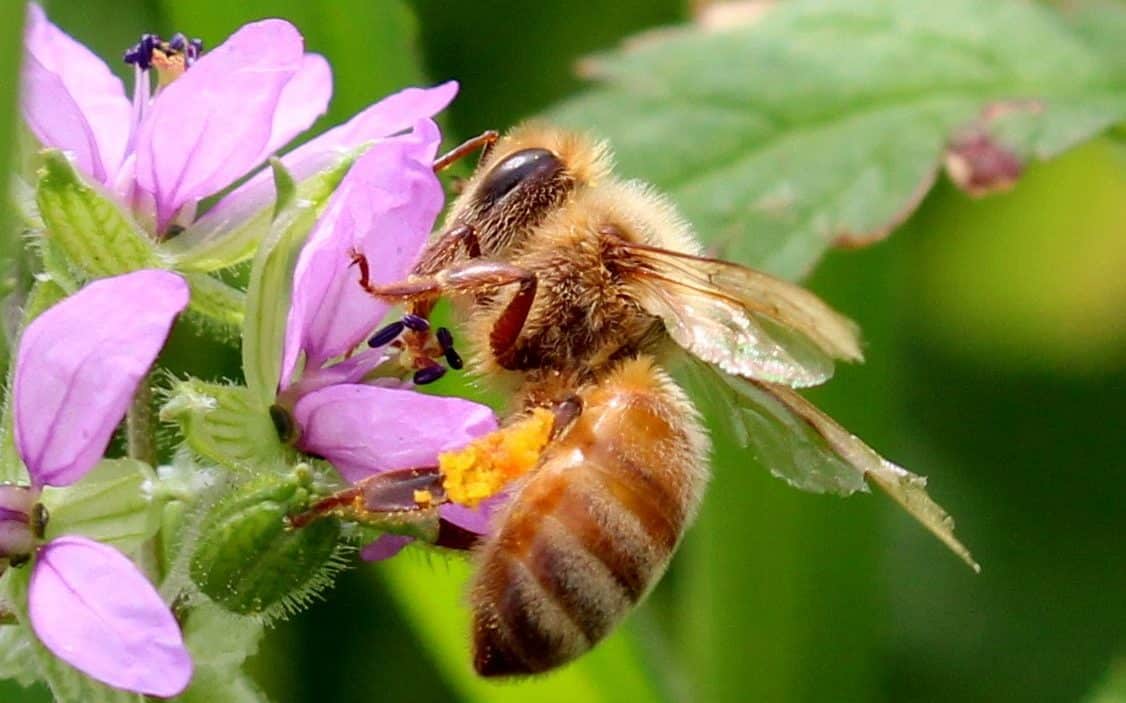The vast majority of the commercially managed honey bee colonies in the United States spend February and a portion of March pollinating almonds in the central valley of California. Almond pollen is very nutritious, and colonies build well on it when favorable weather conditions prevail during bloom. The weather during almond pollination season in 2020 was very favorable, and colonies made significant increases in both population and food reserves during the bloom period.
While warm and dry conditions this year led to a good nut set, it did mean that bloom progressed quickly, and once finished there were limited flowers available. By working in various almond locations from Kern county in the south to Chico near the northern end of the valley, I was able to see a lot of ground and keep an eye on what the bees were working. Aside from almonds and a few bees in the mustard, one of the only plants I saw bees on is an invasive plant called filaree that is a common occupant of orchard floors and surrounding areas where it is able to utilize irrigation water intended for almond trees.

Photo: Dan Wyns
Filaree (Erodium cicutarium), also called redstem filaree or storksbill, is a member of the Geranium family that is native to Europe and Asia. It is a low growing herb with opposite leaves composed of 3-9 feathery leaflets. Its ability to tolerate a wide variety of light, moisture, and temperature conditions has led to a widespread distribution, particularly in the western United States. The small, pink, upright facing flowers appear in clusters on the end of hair-covered stalks. It can bloom for several months, and I have seen it in the central valley in full bloom during February and March numerous years. The fruits of the plant mature into a long-beaked capsule whose shape has lead to one of the common names of storksbill (regionally also called heron’s bill).

Photo: Dan Wyns
As a bee plant, filaree becomes an attractive option once the almond flowers are gone and bee traffic shifts to the orchard floor if the ground cover has a significant amount of filaree. The plant does produce nectar but not in a quantity expected to yield a honey crop. The bees are also able to gather pollen from the flowers, which direct observation shows is bright yellow in color. Most beekeepers seek to exit almonds as soon as they are released from pollination contracts, but for the locals that stay, filaree can be an important contributor to spring forage.
